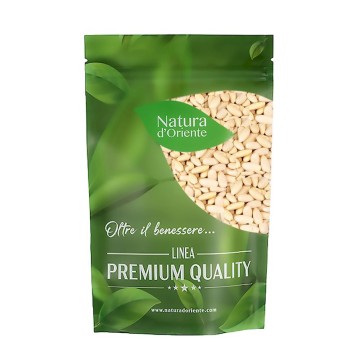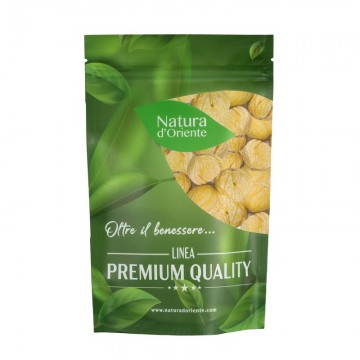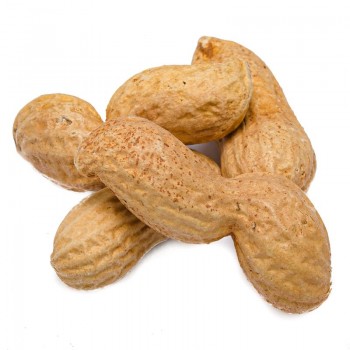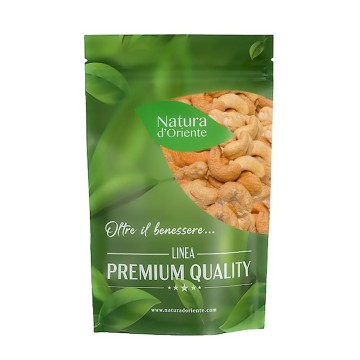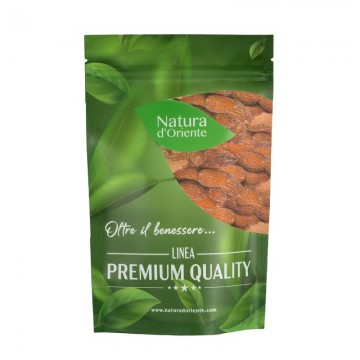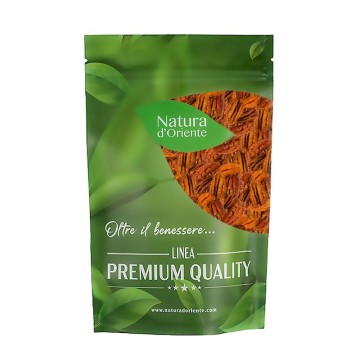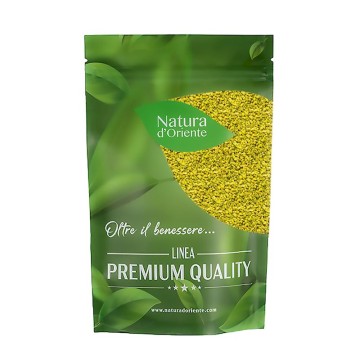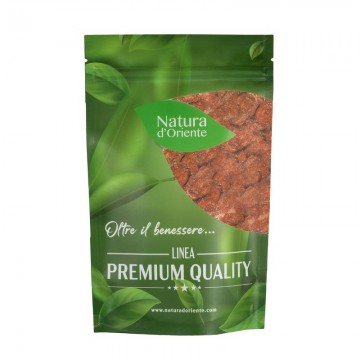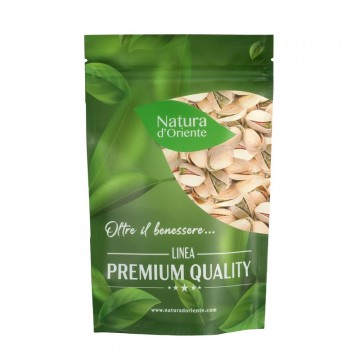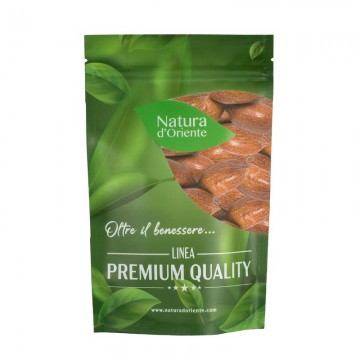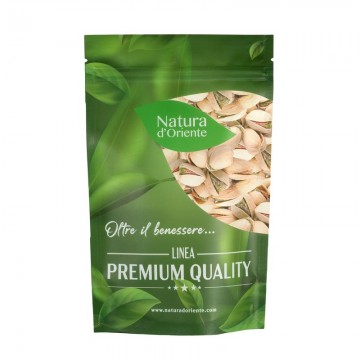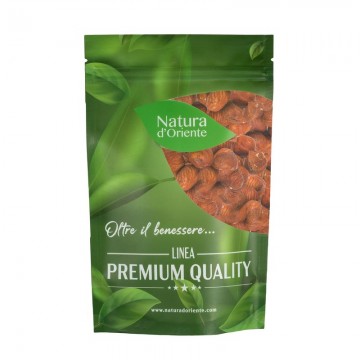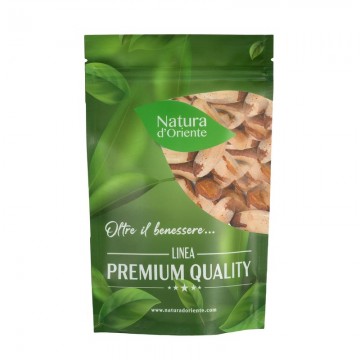What is commonly called a sunflower seed is technically the whole fruit, it is in fact an achene (a dry fruit surrounded by a hardened pericarp that contains only one seed). Dried sunflower seeds are a conspicuous source of B vitamins .
Sunflower seed properties and benefits
Source of vitamins (of group B and vitamin E in particular) and fatty acids , they have antioxidant and anti-inflammatory properties. In reality there are more types of sunflower seeds that can be recognized by their appearance and the different types have different concentrations of nutrients and therefore excel in this or that property, white sunflower seeds are very rich in linoleic acid (precursor omega 6); blacks have high levels of iron, manganese, zinc and fiber; the striated ones contain elements useful for the regularity of the intestine. The black and smaller seeds are typically used to obtain the oil, while the larger ones with a striped shell are on sale as a snack.
Nutritional value of sunflower seeds (referred to the most common variety for sale)
Like all dried fruit, sunflower seeds are very caloric, 100 grams provide 584 kilocalories. Always for the canonical 100 grams among the nutrients 1.48 mg of Thiamine (B1) and 1345 mg of B6 stand out, which in both cases represent more than 100% of the daily requirement. But all the B vitamins are contained in important quantities, in particular folates (B9) which with 227 micrograms represent 57% of the recommended daily dose. Among the minerals magnesium, manganese and phosphorus stand out, the magnesium that as we know is added in supplements because it is the energy source of the cells is present in 325 mg per 100 grams of sunflower seeds, 92% of the recommended daily dose.
Sunflower seeds in the diet
Excellent for an energy snack when consumed in small quantities. Useful during pregnancy for the contribution of the precious folic acid. According to some studies, thanks to the content of polyunsaturated and monounsaturated fatty acids, they could help keep "bad" cholesterol low and therefore be friends of the heart, but to be honest, studies on the effects of linoleic acid (the fatty acid prevalent in seeds of sunflower) are not entirely in agreement, for example it seems that omega-6 (linoleic acid is an omega-6) would compete with omega-3.
History and cultivation
The sunflower, or perhaps we should say sunflowers because there are various species, is native to the New Continent, in particular of the 70 species 67 are native to North and Central America, and the remaining three to South America. The natives used them mainly as a source of edible seeds. The earliest discovery of domesticated sunflower seeds places them in Mexico in 2100 BC. but probably the Native Americans began to cultivate them between 3000 and 5000 BC. In the 16th century they were introduced to Europe, the cultivation to produce oil spread to Russia and somehow from there they were reintroduced to the USA for this purpose in the 20th century.
As regards the current production, it is dominated by Ukraine and Russia with respectively 13.6 and 11 million tons, followed by Argentina, China and Romania with 3, 2.5 and 2 million. The United States is only in ninth place with just over 1.2 million, followed by France with 1.18.
Plant and fruit
As mentioned we must talk about plants, sunflowers are the plants of the genus Helianthus which includes 70 species, the so-called common sunflower, the most used plant for cultivation for food purposes is the Helianthus annuus species, although also other species such as the Helianthus tuberosus are grown for food.
The common sunflower (Helianthus annuus) is a large herbaceous annual that produces flowers. The sunflower can reach 3 meters in height but the record recorded is even 9 meters. What we call a flower is actually an inflorescence or flower head, the botanical term is pseudanthium, it is a group of flowers organized in such a way as to look like a single large flower. In reality, the flowers of the sunflower consist of 5 petals. Those that look like petals are the outer flowers that are sterile, while the central ones produce the fruit. The leaves along the stem of the sunflower are wide and arranged alternately.
Sunflower seeds in the kitchen
Traditionally, sunflower seeds are not widely used in Italian cuisine, however now there is no shortage of recipes around. We chose rye scones with sunflower seeds that look like a simple and healthy savory snack.
RYE MUFFINS WITH SUNFLOWER SEEDS
Ingredients
60 grams of rye flour
60 grams of wholemeal flour
160 gr of Manitoba flour
5 gr of salt
50 grams of extra virgin olive oil
1/2 teaspoon of sugar
50 gr of sunflower seeds in shell
10 gr of fresh brewer's yeast
150 ml of water
PREPARATION
1) Pour the Manitoba flour, rye flour, wholemeal flour, salt, sunflower seeds and sugar into a large bowl and mix them together.
2) Dissolve the brewer's yeast in 150 ml of warm water
3) Add the water in which you dissolved the yeast and the extra virgin olive oil to the bowl.
4) Mix very well until the mixture is fairly homogeneous and compact and then transfer it to the work surface and compact it into a smooth ball.
5) Leave the dough to rise for 2 hours in a bowl by covering it with a clean cloth and placing it in a warm place (just cover it with a blanket).
6) Line 2 trays with parchment paper.
7) Take the dough and work it quickly on the floured work surface, roll it out to a thickness of about half a cm and with a glass or pastry rings. Make about 30 scones.
8) Gradually place the scones on the trays, spacing them apart and cover them with cling film and leave to rise for about 1 hour.
9) After leavening, preheat the oven to 200 ° C.
10) Remove the film and brush the scones with a drizzle of extra virgin olive oil.
11) Bake for about 10 minutes (200 ° C).
12) Allow the rye scones with sunflower seeds to cool and then serve.
Recipe source: Blog.giallozafferano.it/lemiericettine /
![]()











 No reward points for this product.
No reward points for this product.
